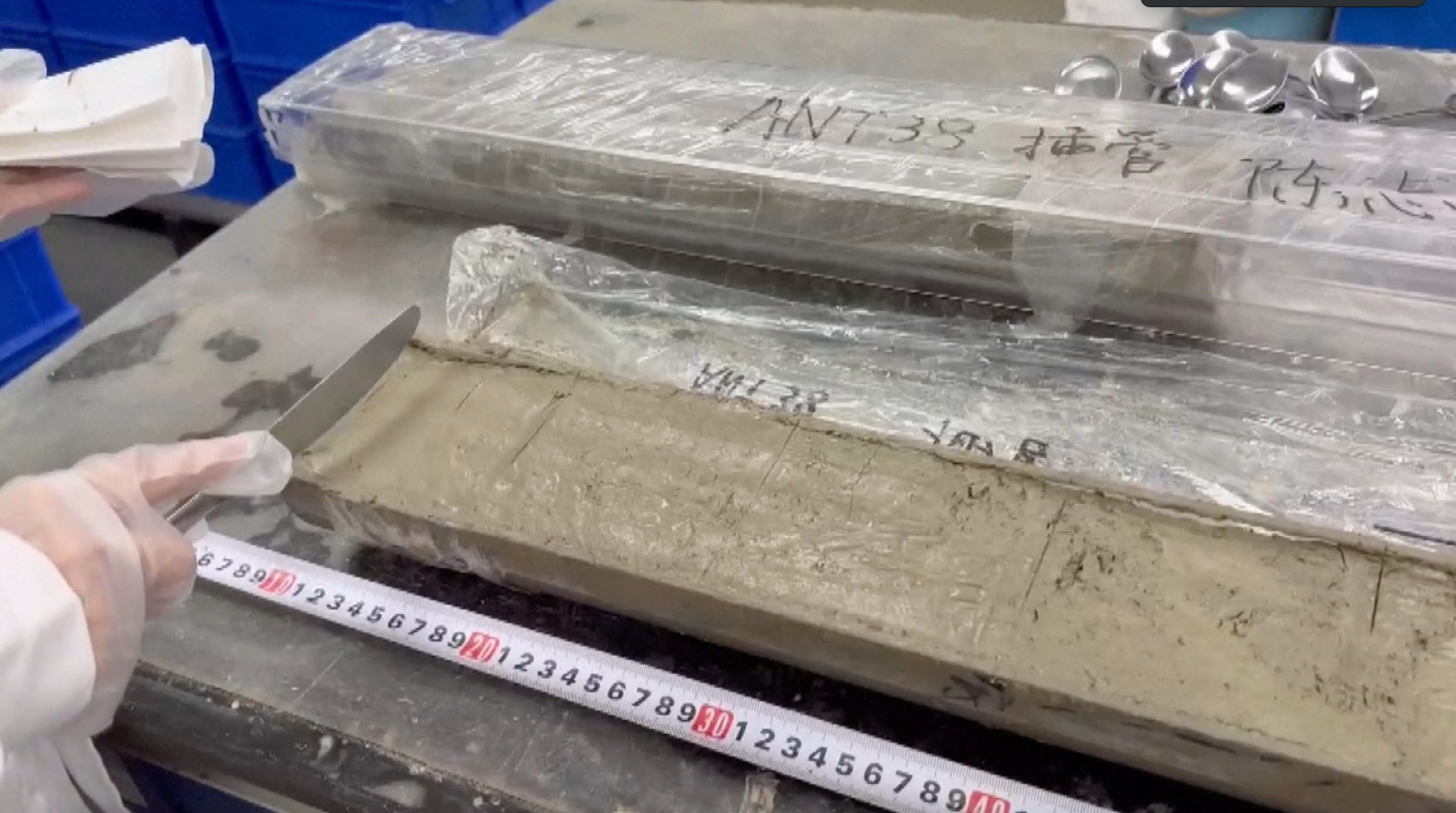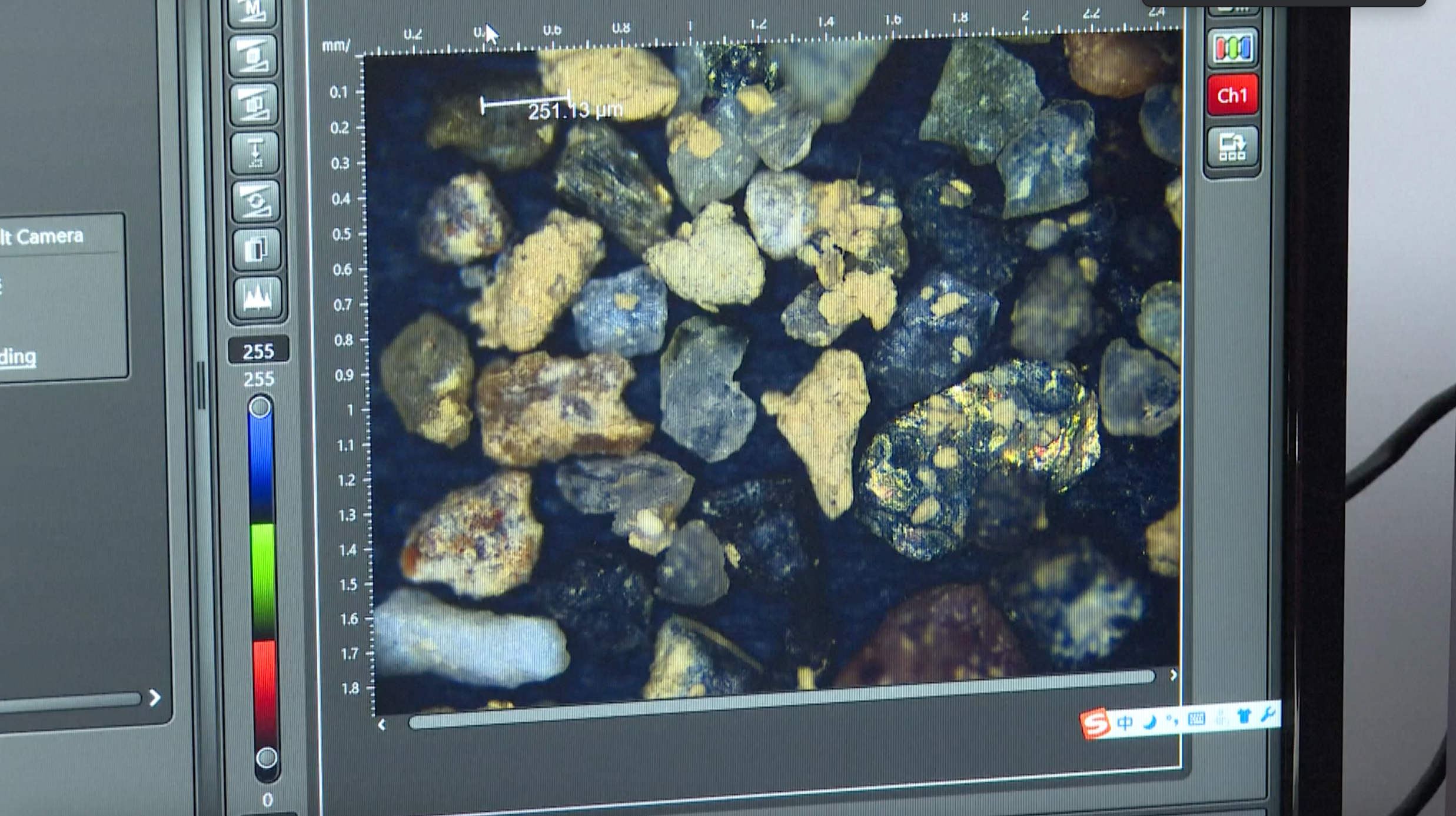
Submarine sediment samples collected in the Antarctic Ocean by Chinese researchers are helping unveil the geological and oceanographic secrets of the region.
The warehouse at the First Institute of Oceanography under the Ministry of Natural Resources in east China's Shandong Province is home to an impressive collection of sediment cores gathered from Antarctica and other marine regions.
Researchers call these cylinders "secret scrolls without visible texts," eagerly awaiting interpretation and decoding.

"Why is it called the 'secret scroll without visible texts?' Because it contains much information covering remains of organisms, vestiges of life, chemical composition and physical properties of some substances. The information is likely to record the evolution of lives and environment changes in Antarctica at a specific time," said Xiong Zhifang, a researcher at the institute.
These sediment cores, varying in length and thickness, were gathered from the seabed in the Antarctic Ocean from depths as great as 4,000 meters.
Researchers can identify when and how the sediments were formed based on their color and structure and through a range of analyses and tests.


In order to advance their research, scientists need to conduct a series of procedures on the sediment cores, including washing, drying and other necessary steps. The last step is the microscopic examination of each individual component.
"We call it ice rafted debris. We can measure its content and shapes. These features can reflect whether the ice sheet was expanding or contracting," said Xiong.
(Source: https://news.cgtn.com/)